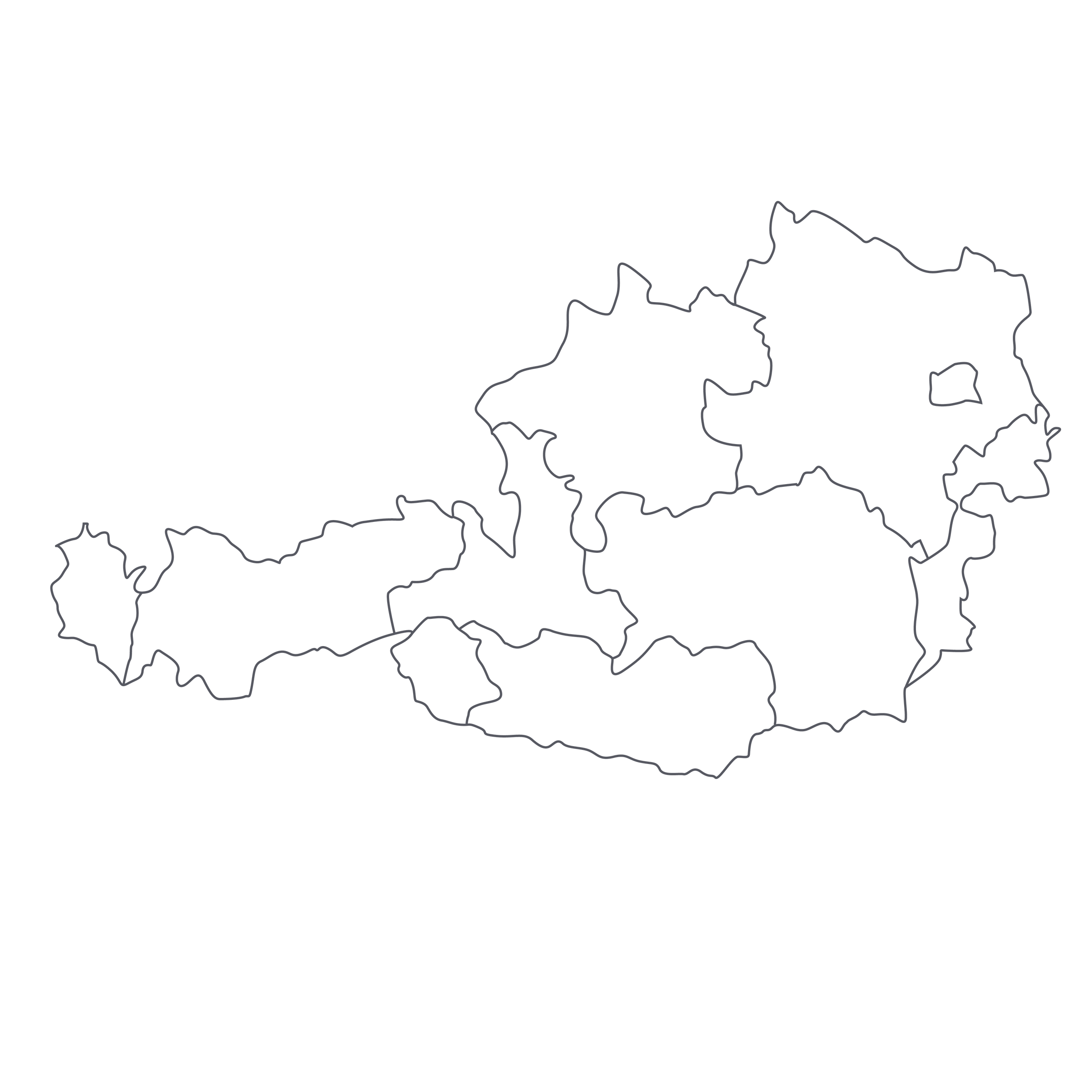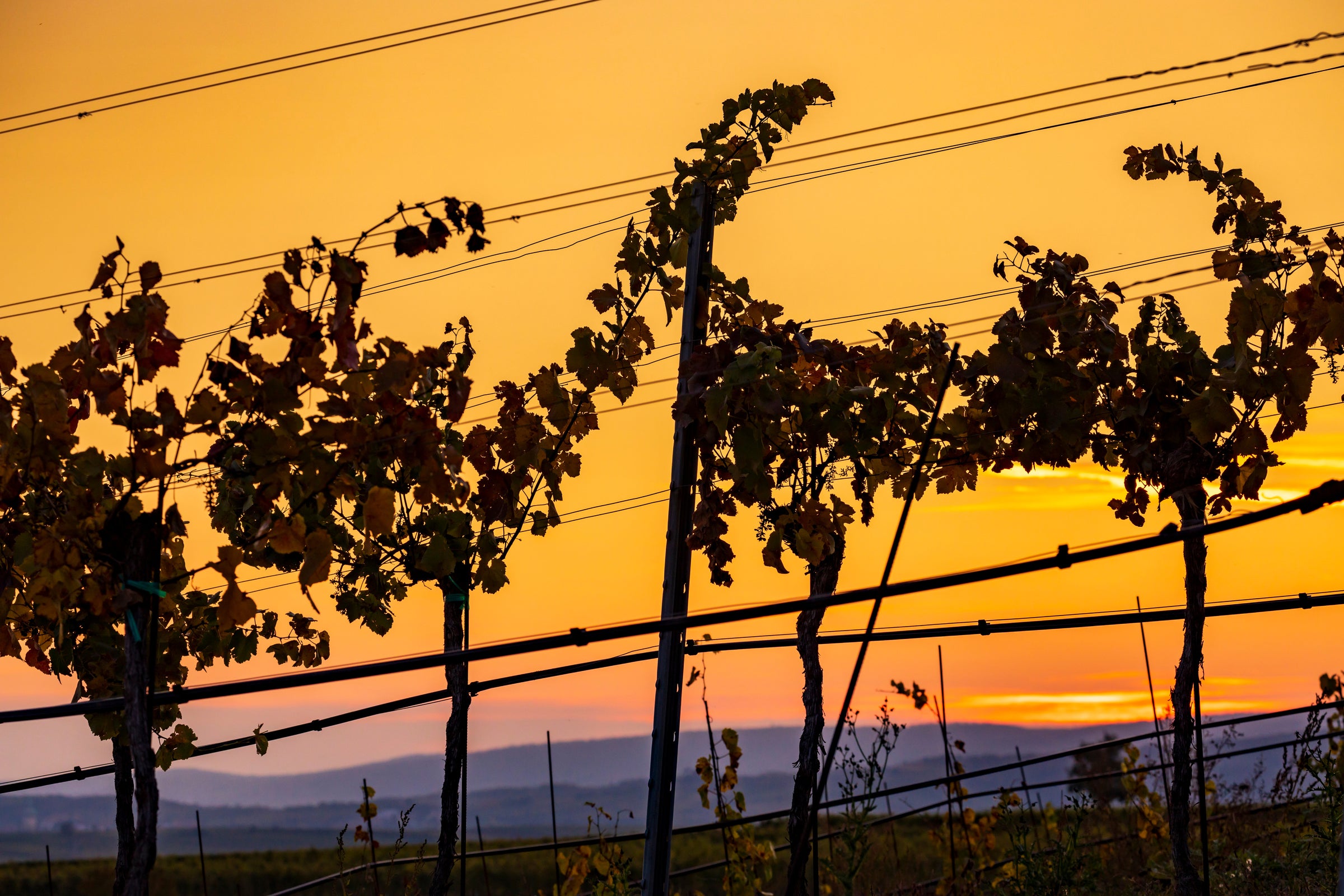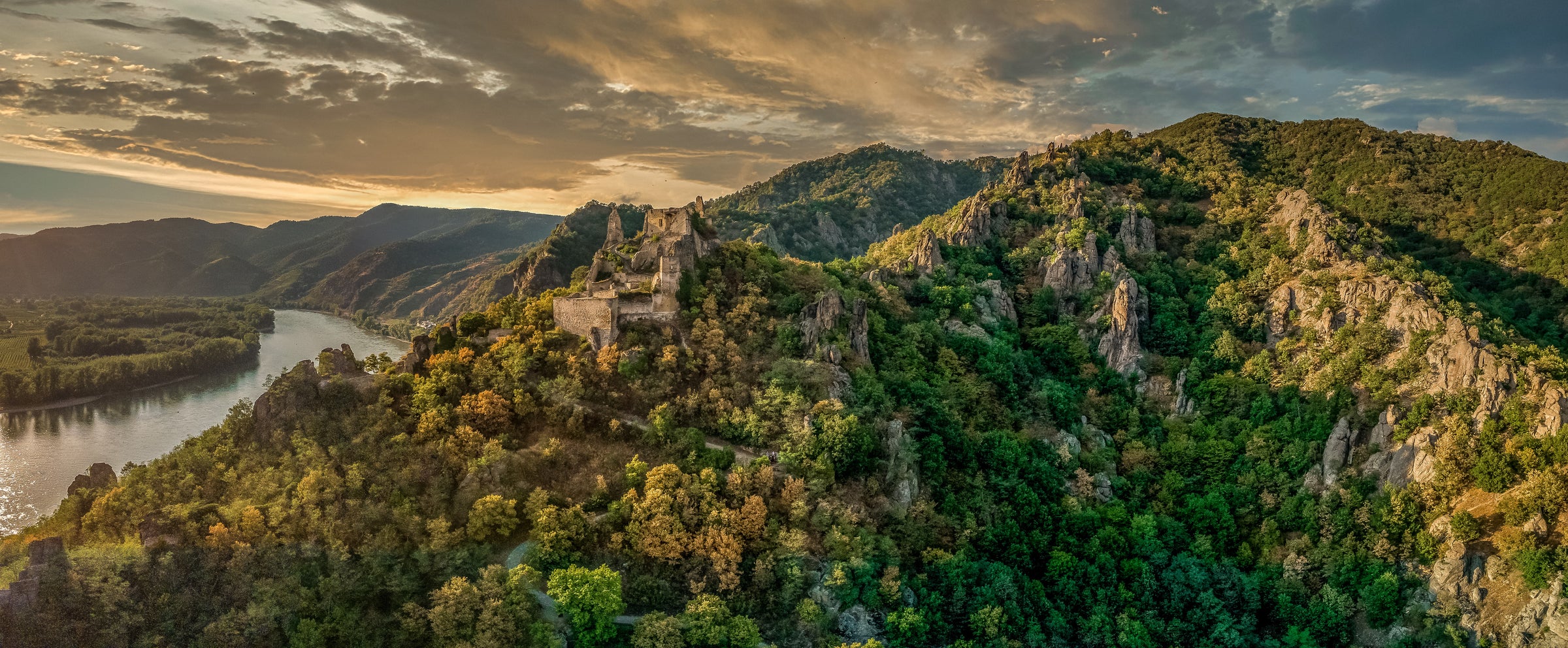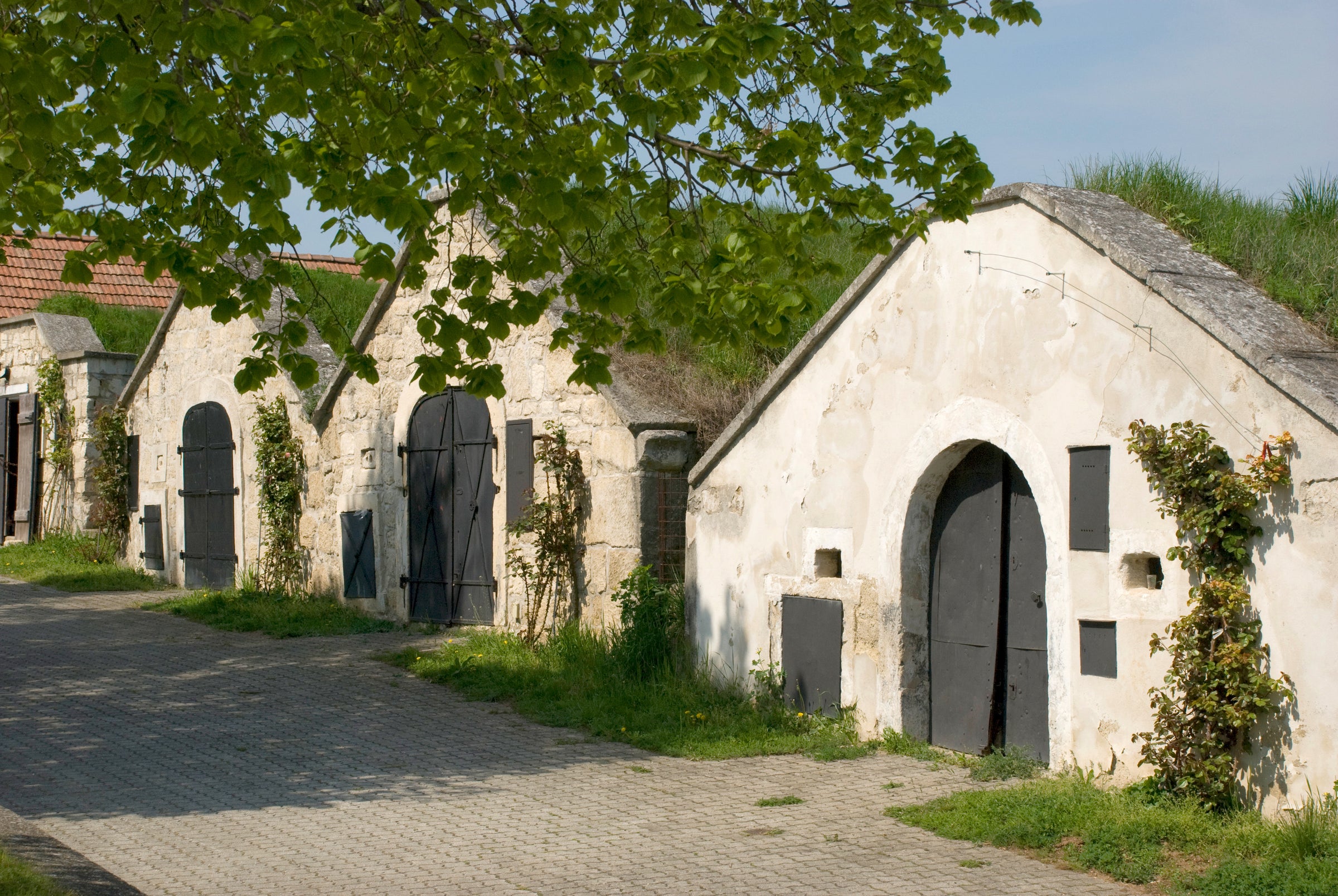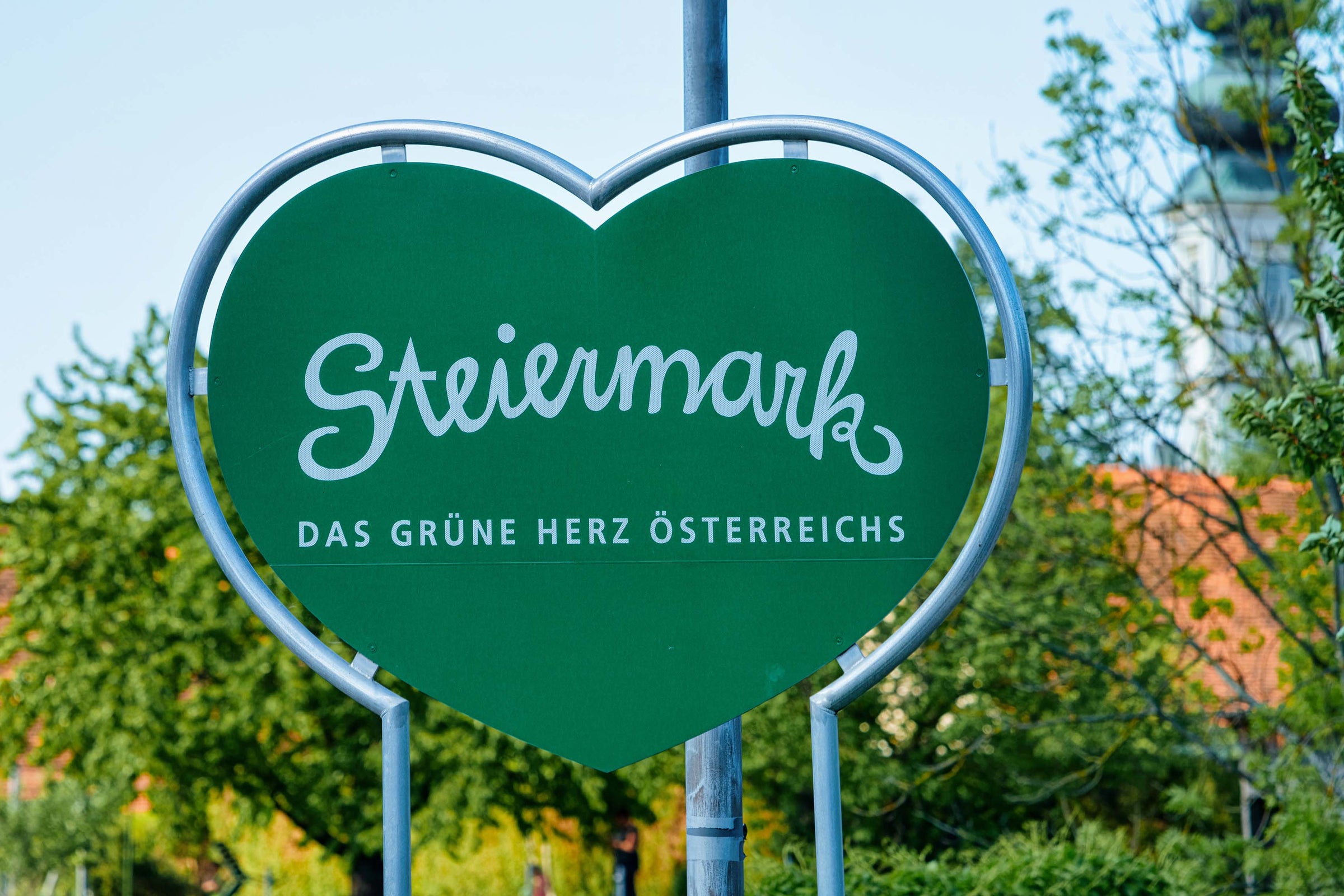For years, Erwin Poller has brought the world a small trove of wines from his treasured terroir, and, every year, they’ve been whittled down to a few cases before I could make an inquiry. Last December was the first time we were quick enough to grab a substantial amount, and it paid off by becoming the single-greatest Austrian offer to ever grace this site. In May of this year, we jumped on the limited restock before it even docked and sold through it in a flash. Now, having been glued to their importer ever since, we have exclusive access to all 40 imported cases of the new 2019 vintage. Best of all, it’s
even better.
For all new subscribers, I know what you’re thinking—that this bizarre label looks as if it army-crawled its way out of the vineyard or was exhumed from the very earth itself. But what you see on the painstakingly applied label is one of the wine world’s most treasured soil types,
loess, and what’s in the bottle is a mineral-infused, masterfully concocted Sauv Blanc/Muskateller blend that is frighteningly addicting. No it’s not a Grand Cru, nor is it a “unicorn wine,” but my infatuation for Austrian wine is immense, and I pride myself on securing the top “insider” producers that expertly avoid the mainstream media. I’m talking about the wines you have to have to nudge sommeliers for, wines that are hiding in plain sight at trendy bars, wines exactly like Der Pollerhof’s 2019 “Vom Löss. It’s organic, produced in the smallest of quantities, loaded with flavor, and guaranteed to turn heads. If you thought the ‘18 was delicious, just you wait...
Considered by most to be the oldest growing zone in Austria, Weinviertel is also, geographically, the largest in the country. While the “big three” appellations of Kremstal, Kamptal, and the Wachau are situated roughly an hour northwest of Vienna, the Weinviertel covers the vast, northeastern expanse of Lower Austria, stretching from the western border of Slovakia, following the Danube towards the big three, and veering up to the southern border of Czechia. Its name, which translates to “wine quarter,” reflects the region’s rich, ancient wine heritage and, according to the Weinviertel DAC website, there’s “7,000 years of artifacts to prove it.”
Erwin Poller manages roughly 10 hectares of organically farmed vines, harvests by hand, develops his own yeast for fermentation, and finds some way to apply the region’s signature loess (wind-blown silt) soils onto every bottle of today’s wine. He does this, mind you, almost entirely on his own. I think some of that drive and determination must come from his grandfather, who began exclusively crafting wine in 1920 and selling his wares by literally throwing a barrel on a cart and making a three-day trip to Vienna. Thankfully, there’s no need for barrel toting anymore, otherwise, you wouldn’t ever be privy to today’s extraordinary blend of Sauvignon Blanc, Gelber Muskateller, and a splash of Traminer.
Erwin extracts their precious juice with the gentlest pneumatic press on the market and after a quick upbringing in squeaky-clean stainless steel tanks, he bottles the wine in order to preserve every ounce of freshness. He calls these three grapes his “aromatics,” and a quick sniff in the glass tells you why. This 2019 “Vom Löss” explodes with vividly lush aromas: Lime peel, green peach, apricot, orange blossoms, pink grapefruit, papaya, elderberry, honeysuckle, white flowers, sweet herbs, crushed stone, and a hint of pepper fire out with the force of 1,000 cannons. The palate is bracingly ripe and zesty, delivering layer after juicy layer with absolute ease. Serve in all-purpose stems around 45-50 degrees and I assure you there won’t be a frown in the room. I’ll sign off just like I did with the previous vintage: keep your friends close and your “Vom Löss” stash even closer because a bottle is prone to disappearing in an instant. Cheers!


